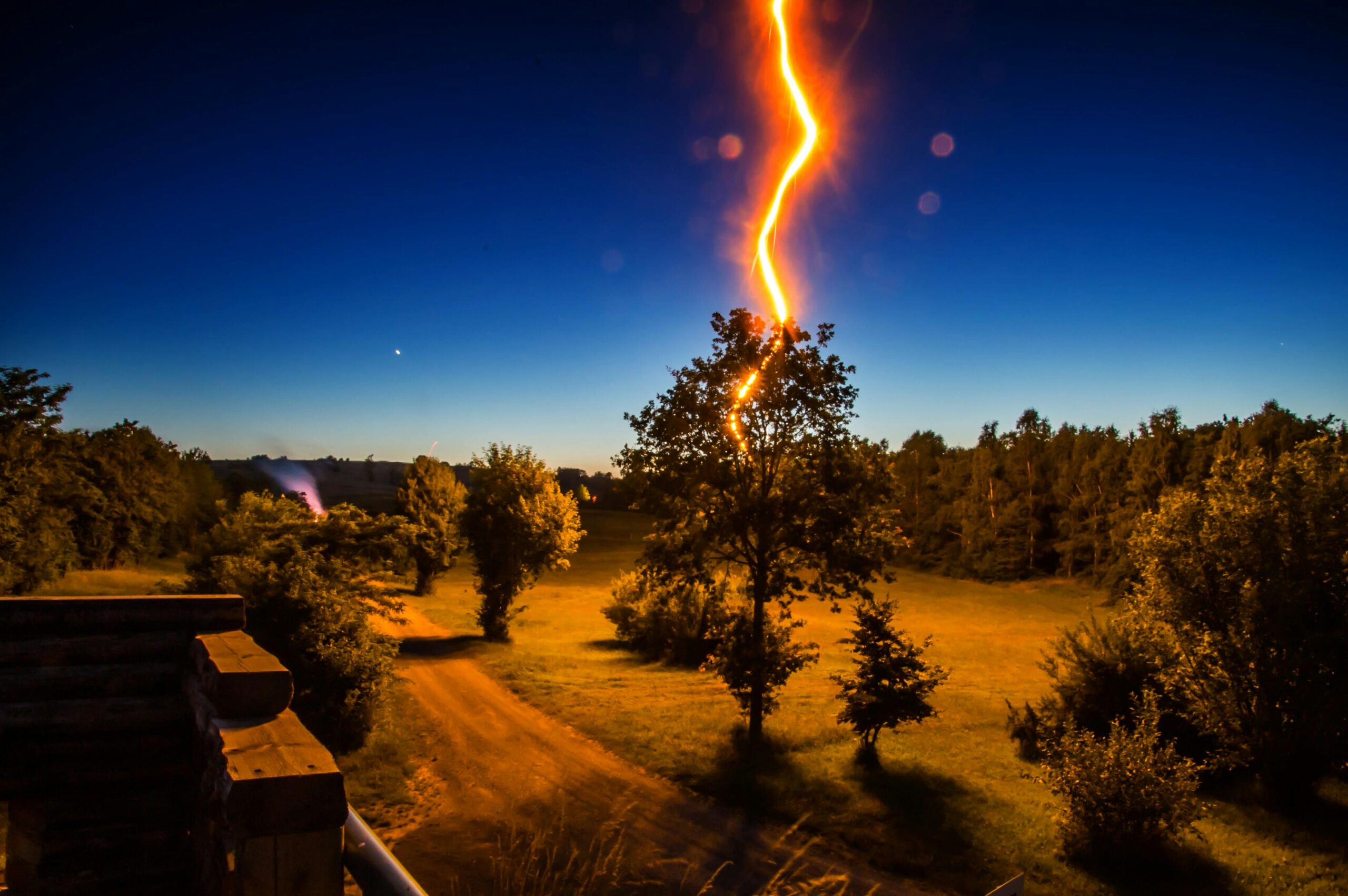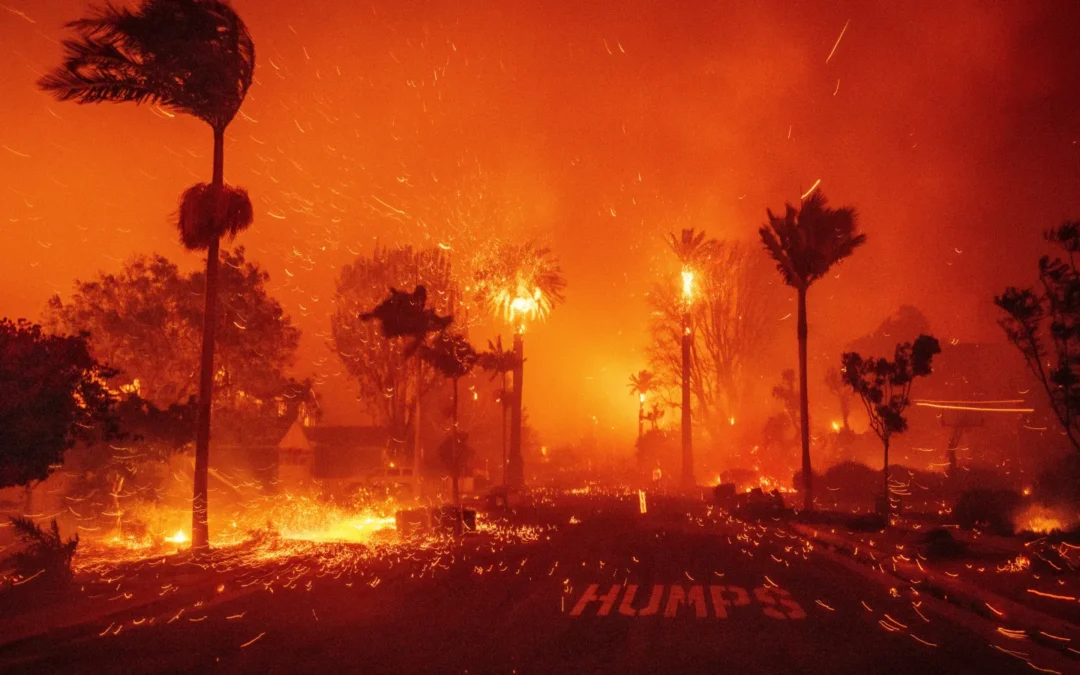What Caused the Eaton Wildfire? A Closer Look
When disasters strike, one of the most pressing questions survivors and communities ask is: What caused it? The cause of the Eaton wildfire has become a focal point not only for investigators but also for residents, policymakers, and insurance providers. Understanding what triggered the blaze is key to accountability, future prevention, and helping victims rebuild their lives.
Table of Contents:
- Introduction: Why Cause Matters in Wildfire Recovery
- Understanding Wildfire Causes: Natural vs. Human
- The Eaton Wildfire Cause: Early Reports and Investigations
- Historical Parallels: What Past Fires Teach Us
- Environmental and Climate Factors
- Infrastructure, Utility Companies, and Legal Responsibility
- Community Testimonies: What Residents Saw and Experienced
- Q&A: Key Questions About the Eaton Wildfire Cause
- How Cause Impacts Victims: Insurance, Lawsuits, and Compensation
- Prevention: What Can Communities Do?
- Policy and Reform: What Needs to Change?
- Conclusion: Moving Forward After the Eaton Fire
Introduction: Why Cause Matters in Wildfire Recovery
Every wildfire leaves behind devastation but also unanswered questions. The cause of the Eaton wildfire isn’t just a detail for the history books; it determines liability, legal outcomes, and the resources survivors may access. For many families, knowing whether the fire was sparked by lightning, faulty equipment, or negligence means the difference between rebuilding with adequate compensation or facing years of financial struggle.
Cause determination also impacts policy reform. If human negligence is uncovered, lawmakers may push stricter safety regulations. If climate-driven natural conditions dominate the findings, resources may be redirected toward forest management, early detection systems, and emergency response funding.
In short, understanding the cause is both a legal and moral responsibility.
Understanding Wildfire Causes: Natural vs. Human
Wildfires are generally traced to two categories of causes:
Natural Causes

- Lightning strikes are one of the most common. A single bolt can ignite thousands of acres if conditions are dry.
- Volcanic activity, though rare in modern contexts, has historically triggered massive blazes.
- Spontaneous combustion in piles of dry leaves, manure, or mulch can occur during periods of extreme heat.
- Utility line failures often stem from issues with power lines, transformers, or neglected equipment.
- Campfires and fireworks left unattended in dry conditions.
- Arson, whether motivated by malice or mental health struggles.
- Vehicle sparks from catalytic converters or construction machinery.
The U.S. Forest Service estimates 85–90% of wildfires are human-caused, while natural causes account for a smaller but still significant percentage.
Why does this distinction matter for the Eaton wildfire cause? Because preventability becomes the central issue. A lightning strike is tragic but unpreventable. A neglected power line? That’s negligence, and victims deserve justice.
The Eaton Wildfire Cause: Early Reports and Investigations
Determining the cause of a wildfire is a meticulous and often lengthy process. In the case of the Eaton wildfire, investigators moved quickly to preserve the ignition zone and begin the painstaking work of fire forensics.
Step 1: Pinpointing the Ignition Site
The priority for investigators is to locate the exact ignition point, the place where the first flame began. This is no small task, especially when a wildfire spreads across thousands of acres. Crews analyze burn patterns on trees, grass, and soil. The angle of scorch marks and the depth of ash can often tell experts the direction from which flames spread, allowing them to trace the fire backward to its point of origin.
In Eaton, investigators cordoned off suspected ignition areas near utility lines. Reports indicated scorched grass directly under power poles and transformers, a common sign of electrical sparking.
Step 2: Collecting and Preserving Evidence
Once an ignition point is identified, investigators gather physical evidence to support their investigation. This may include:
- Burned or broken power lines.
- Fragments of insulators or conductors.
- Transformer parts.
- Soil and vegetation samples for lab analysis.
Eyewitness testimony is also a crucial form of evidence. In the Eaton fire, several residents described power outages, flickering lights, and “popping” noises just minutes before they saw smoke. Such descriptions match the telltale signs of electrical arcing, a sudden burst of heat that occurs when electricity escapes from damaged equipment.
Step 3: Eliminating Alternatives
Investigators then work to rule out other possible causes. They ask critical questions:
- Were there any thunderstorms or lightning strikes near the ignition point?
- Did anyone report suspicious activity that could suggest arson?
- Were there campfires, barbecues, or fireworks in the area?
- Could a vehicle malfunction, such as a catalytic converter sparking, have triggered the blaze?
For Eaton, meteorological data quickly ruled out lightning strikes in the area, and law enforcement found no signs of intentional arson or infrastructure failure; the most plausible explanation was that the fire was accidental.
Step 4: Reconstructing the Timeline
A wildfire investigation also requires piecing together the minute-by-minute sequence of events. For Eaton, this involved comparing:
- Utility records showing power surges or line failures.

- 911 calls reporting the first signs of fire or sparks.
- Smart meter data that may show the exact moment power lines failed.
- Survivor accounts describing the order in which they saw or heard unusual activity.
In many cases, investigators find that the fire started within seconds of an electrical fault, leaving little doubt about the cause.
Why Investigations Take Months
While the public often seeks quick answers, official wildfire cause reports can take anywhere from six months to a year to complete. This delay happens because:
- Engineers must test damaged equipment in labs.
- Weather and wind data must be cross-referenced with burn patterns to ensure accurate results.
- Multiple agencies, including fire marshals, utility inspectors, and environmental scientists, must collaborate.
- Utilities may resist releasing internal documents, which can slow the process.
This means Eaton fire victims may not receive an official cause determination for many months, leaving them in a state of uncertainty.
Preliminary Findings for the Eaton Fire
Although no final report has been released, preliminary evidence strongly suggests involvement of the electrical infrastructure. The accounts of outages and sparks, combined with burn marks near utility poles, match patterns seen in past fires linked to neglected equipment.
For example, California’s devastating Camp Fire (2018) began when aging PG&E transmission lines failed, producing sparks in high winds. Similarly, in Maui (2023), downed power lines in dry conditions ignited one of the deadliest U.S. wildfires in modern history. The Eaton wildfire cause shows parallels to both, underscoring the importance of holding responsible parties accountable if negligence is confirmed.
What This Means for Victims
For now, survivors of the Eaton wildfire can expect:
- Ongoing updates from investigators, though full results will take time.
- Delays in insurance settlements occur, as insurers often wait for official cause reports.
- Potential lawsuits, if evidence points to utility negligence.
Historical Parallels: What Past Fires Teach Us
To better understand the Eaton fire, it’s helpful to look at similar cases:
- Camp Fire (California, 2018): Sparked by PG&E power lines, it killed 85 people and destroyed Paradise, CA. PG&E filed for bankruptcy after billions in claims.
- Maui Wildfires (Hawaii, 2023): Downed power lines and hurricane-force winds created one of the deadliest U.S. fires in over a century.
- Woolsey Fire (California, 2018): Investigators linked ignition to electrical equipment failures in high winds.
Environmental and Climate Factors
While an ignition source starts the fire, environmental conditions determine how far and fast it spreads. For Eaton, several key factors came together:
- Prolonged drought: Months of below-average rainfall left forests and grasslands dangerously dry.
- Extreme heat waves: Temperatures soared above seasonal averages, preheating vegetation.
- High winds: Gusts exceeding 40 mph carried embers miles ahead of the fire front.
- Forest density: Decades of fire suppression left an overgrowth of vegetation acting as fuel.
Infrastructure, Utility Companies, and Legal Responsibility
If it is confirmed that a utility company’s equipment sparked the fire, questions of liability and compensation dominate the aftermath.
- Utility liability: Companies may face lawsuits for negligence in maintenance or for delays in modernization.
- Settlements: Past cases have led to multi-billion-dollar settlements with victims and governments.
- Bankruptcy risks: Utilities unable to absorb liability costs may declare bankruptcy, complicating victim payouts.
Community Testimonies: What Residents Saw and Experienced
Eyewitness accounts provide powerful clues:
- One resident reported hearing a loud pop near a transformer moments before the blaze.
- Others described seeing sparks falling from overhead lines during high winds.
- Families noted power outages minutes before flames appeared, aligning with a potential utility-related ignition.
Q&A: Key Questions About the Eaton Wildfire Cause
Preliminary findings suggest faulty electrical equipment, although investigations are ongoing.
2. Could the fire have been prevented?
Yes, if better equipment maintenance, vegetation clearing, or shutdown protocols had been in place, ignition may never have occurred.
3. What role did weather play in the fire’s spread?
Severe drought, high winds, and extreme heat created conditions where a single spark grew into an uncontrollable blaze.
4. Why does identifying the cause matter to victims?
Cause determines legal accountability and financial compensation. If negligence is proven, victims may be able to secure settlements.
5. When will the final investigation report be released?
How Cause Impacts Victims: Insurance, Lawsuits, and Compensation
Insurance Payouts: Delays, Disputes, and Denials
For many families, homeowner’s insurance is the first lifeline. But insurers are not always quick to pay, especially when liability may be transferred to another party.
- Claim delays: If a utility company is suspected, insurers often slow-walk payouts, waiting to see whether they can recover costs through subrogation (suing the utility later).
- Coverage disputes: Policies may contain exclusions or caps for wildfire damage, leaving victims underinsured. For example, smoke damage, debris removal, and temporary housing may not all be covered.
- Documentation demands: Survivors are often asked to provide exhaustive lists of lost belongings, an impossible task when everything has turned to ash.
In short, until the cause of the Eaton wildfire is officially determined, many families may face delayed or partial payments, prolonging their hardship.
Lawsuits: Seeking Accountability and Justice
If investigators confirm that utility equipment sparked the fire, victims gain another legal path: lawsuits against the responsible company. These may take several forms:
- Individual lawsuits: Families and business owners suing for property losses, injuries, or wrongful death.
- Class-action lawsuits: Groups of victims combining their cases for collective strength.
- Government lawsuits: Cities and counties suing utilities for the costs of firefighting, emergency services, and rebuilding infrastructure.
Historical precedent is clear:
- PG&E in California has paid tens of billions of dollars in settlements for fires linked to its equipment.
- Hawaiian Electric faces lawsuits following the 2023 Maui wildfires.
- Victims of the 2018 Camp Fire received compensation through a combination of lawsuits and a victims’ trust fund.
For Eaton victims, proving negligence could mean the difference between rebuilding with adequate compensation or living with permanent financial scars.
Aid Programs: Natural vs. Human-Caused Fires
Government disaster relief is another crucial resource. However, here again, the cause of the fire is vital.
- FEMA Aid: Federal aid is typically available after wildfires, but payouts are often modest, just enough to cover necessities.
- State Compensation Funds: Some states establish special funds for victims of utility-caused fires, provided negligence is confirmed.
- Eligibility limits: If the fire is deemed a natural disaster, aid is often more generous. If it’s caused by corporate negligence, governments may expect victims to seek restitution through lawsuits instead.
This creates a cruel paradox: survivors are caught between insurance companies pointing at utilities, utilities deflecting blame, and governments hesitating to act until investigations are complete.
The “Limbo Effect” for Victims
Until the Eaton wildfire cause is officially determined, survivors remain in a painful state of limbo:
- Financial limbo: Insurance payouts are stalled, lawsuits cannot proceed fully, and aid programs may not yet be in place.
- Emotional limbo: Families cannot plan their future, whether to rebuild, relocate, or reinvest, without knowing if help is coming.
- Community limbo: Cities and counties struggle to allocate rebuilding funds without clarity on who will ultimately bear the costs.
Prevention: What Can Communities Do?
Local actions matter:
- Defensible space: Keeping 100 feet of cleared space around homes.
- Fire-resistant construction: Metal roofs, double-pane windows, ember-resistant vents.
- Community drills: Practicing evacuation routes and emergency communication.
- Advocacy: Demanding utility reform and stronger oversight.
Policy and Reform: What Needs to Change?
The Eaton wildfire highlights systemic flaws:
- Utility modernization: Transitioning to underground power lines in high-risk zones.
- Grid shutdown protocols: Proactive power shutoffs during red-flag wind events.
- Climate adaptation funding: Federal investment in wildfire defense infrastructure.
- Accountability laws: Stronger penalties for corporate negligence in fire ignition.
Conclusion: Moving Forward After the Eaton Fire
Investigators will ultimately confirm the cause of the Eaton wildfire, but evidence suggests a mix of infrastructure failure and climate-driven conditions. The tragedy reinforces urgent lessons: utilities must modernize, policymakers must act, and communities must prepare.
At Eaton Fire, we stand with survivors, offering resources, guidance, and advocacy. If you or your family were impacted, don’t wait for reports to drag on; you have legal rights and options now.

👉 Contact Eaton Fire today for a free consultation, understand your compensation rights, and take the first step toward rebuilding. We fight for wildfire victims because recovery starts with justice.

